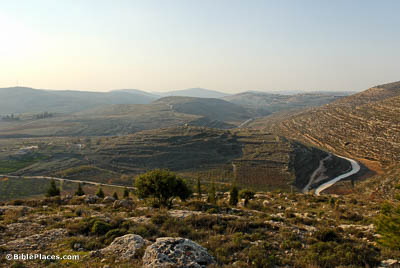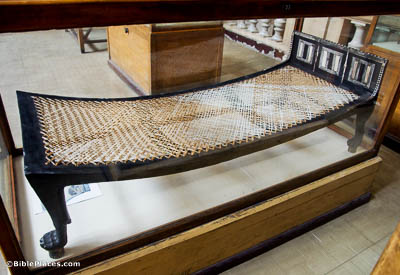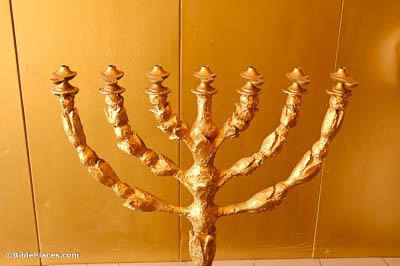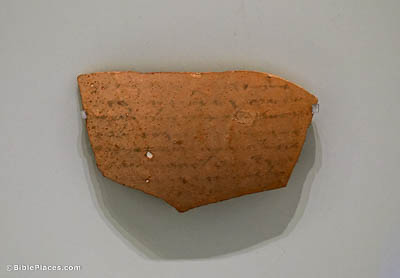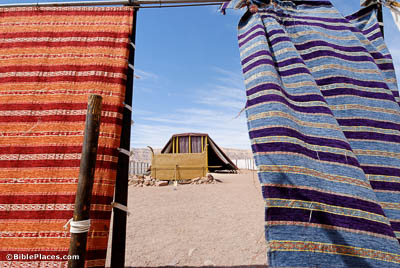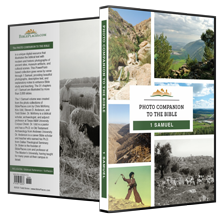And the boy Samuel was ministering to Yahweh in the presence of Eli (3:1).
Shiloh was the home of the tabernacle in these days (circa 1080 BC). The tabernacle appears to have been located at Shiloh already for some three centuries, ever since it was installed there in the days of Joshua (Josh 18:1). The location of Shiloh has been established based on both geographical clues and on later (mostly Byzantine) inscriptions found at the site. This photo was taken in 2006, before the most recent excavations.
